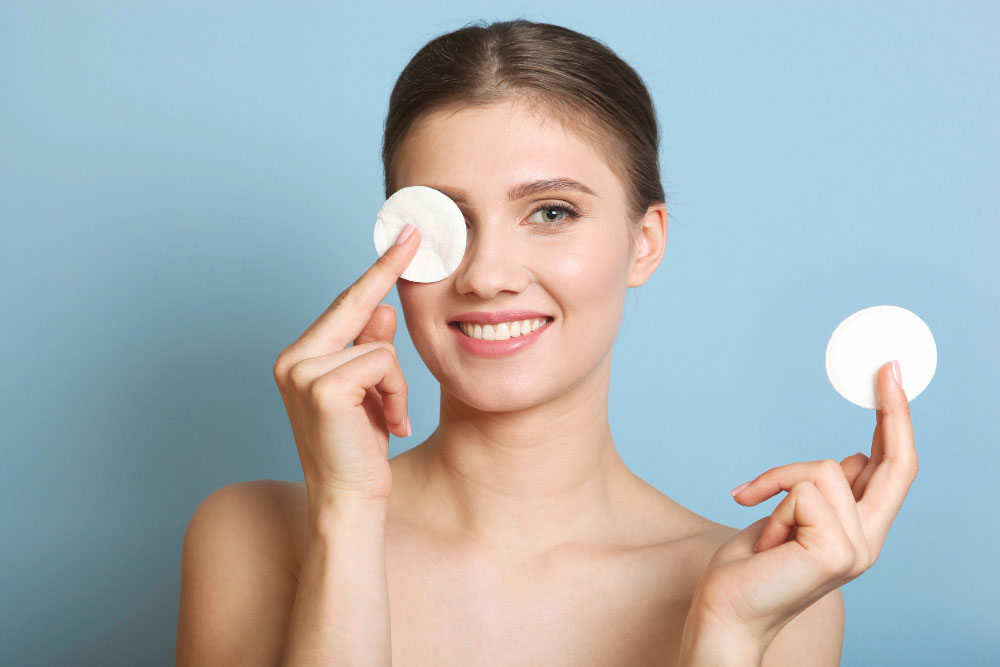The Ultimate Guide to Skincare: Building a Routine That Works for You June 7, 2024

Creating a skincare routine that suits your individual needs can seem overwhelming with the plethora of products available today. However, by understanding your skin type and concerns, you can build an effective regimen that enhances your skin’s health and appearance. This ultimate guide will help you navigate through the essential steps and products needed to create a personalized skincare routine that works for you.
1. Identify Your Skin Type
The first step in building an effective skincare routine is to identify your skin type. Your skin can fall into one of these categories:
Normal Skin: Balanced, not too oily or dry.
Oily Skin: Produces excess oil, often shiny with enlarged pores.
Dry Skin: Lacks moisture, may feel tight or rough.
Combination Skin: Oily in some areas (usually the T-zone) and dry in others.
Sensitive Skin: Prone to redness, irritation, and reactions.
Understanding your skin type will help you choose products that cater to your specific needs.
2. Basic Skincare Routine Steps
A basic skincare routine consists of three essential steps: cleansing, toning, and moisturizing. Here’s a breakdown:
a. Cleansing:
Use a gentle cleanser suited to your skin type to remove dirt, oil, and makeup.
Cleansing should be done twice a day, in the morning and at night.
b. Toning:
Toners help to remove any leftover impurities after cleansing and balance the skin’s pH levels.
Choose an alcohol-free toner to avoid drying out your skin.
c. Moisturizing:
Moisturizers hydrate and lock in moisture, keeping the skin soft and supple.
Select a moisturizer appropriate for your skin type (e.g., gel-based for oily skin, cream-based for dry skin).
3. Additional Skincare Steps
To enhance your basic routine, you can incorporate additional steps based on your skin concerns:
a. Exfoliating:
Exfoliate 1-2 times a week to remove dead skin cells and promote cell turnover.
Use a gentle scrub or chemical exfoliant suitable for your skin type.
b. Serums:
Serums contain concentrated active ingredients that target specific skin issues like acne, aging, or hyperpigmentation.
Apply serums after toning and before moisturizing.
c. Eye Creams:
Eye creams are formulated to address concerns like dark circles, puffiness, and fine lines.
Gently apply around the eye area using your ring finger.
d. Sunscreen:
Sunscreen is crucial for protecting your skin from harmful UV rays and preventing premature aging.
Apply a broad-spectrum SPF 30 or higher every morning, even on cloudy days.
4. Tailoring Your Routine to Your Skin Concerns
a. Acne-Prone Skin:
Look for products containing salicylic acid, benzoyl peroxide, or tea tree oil to combat acne.
Avoid comedogenic (pore-clogging) ingredients.
b. Aging Skin:
Incorporate products with anti-aging ingredients like retinoids, hyaluronic acid, and peptides.
Regular use of sunscreen is essential to prevent further damage.
c. Hyperpigmentation:
Use brightening ingredients like vitamin C, niacinamide, and alpha arbutin to fade dark spots.
Exfoliation can also help to even out skin tone.
d. Sensitive Skin:
Opt for fragrance-free, hypoallergenic products to minimize irritation.
Look for soothing ingredients like aloe vera, chamomile, and ceramides.
Conclusion
Building a skincare routine that works for you requires understanding your skin type and concerns, then choosing products that address those needs. By following the basic steps of cleansing, toning, and moisturizing, and incorporating additional treatments as needed, you can achieve healthy, radiant skin. Remember, consistency is key, and it’s important to adjust your routine as your skin changes over time.
